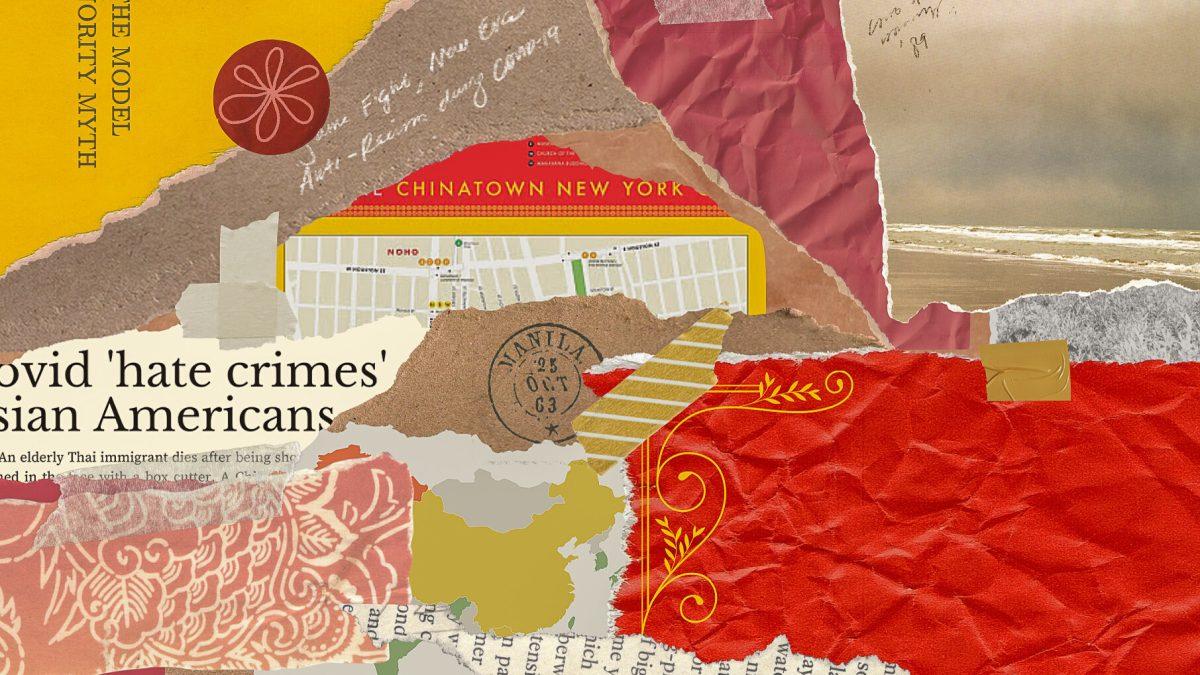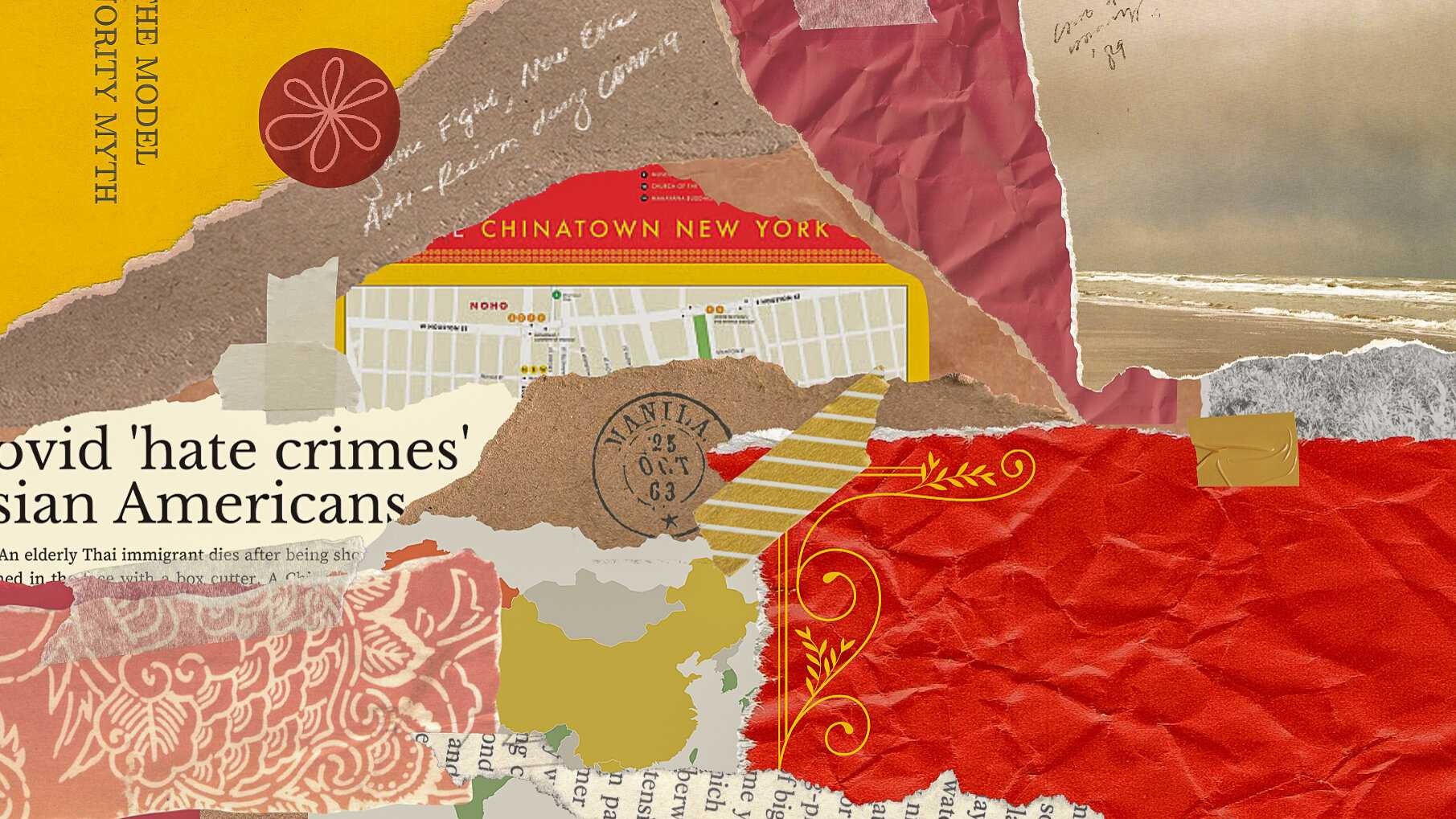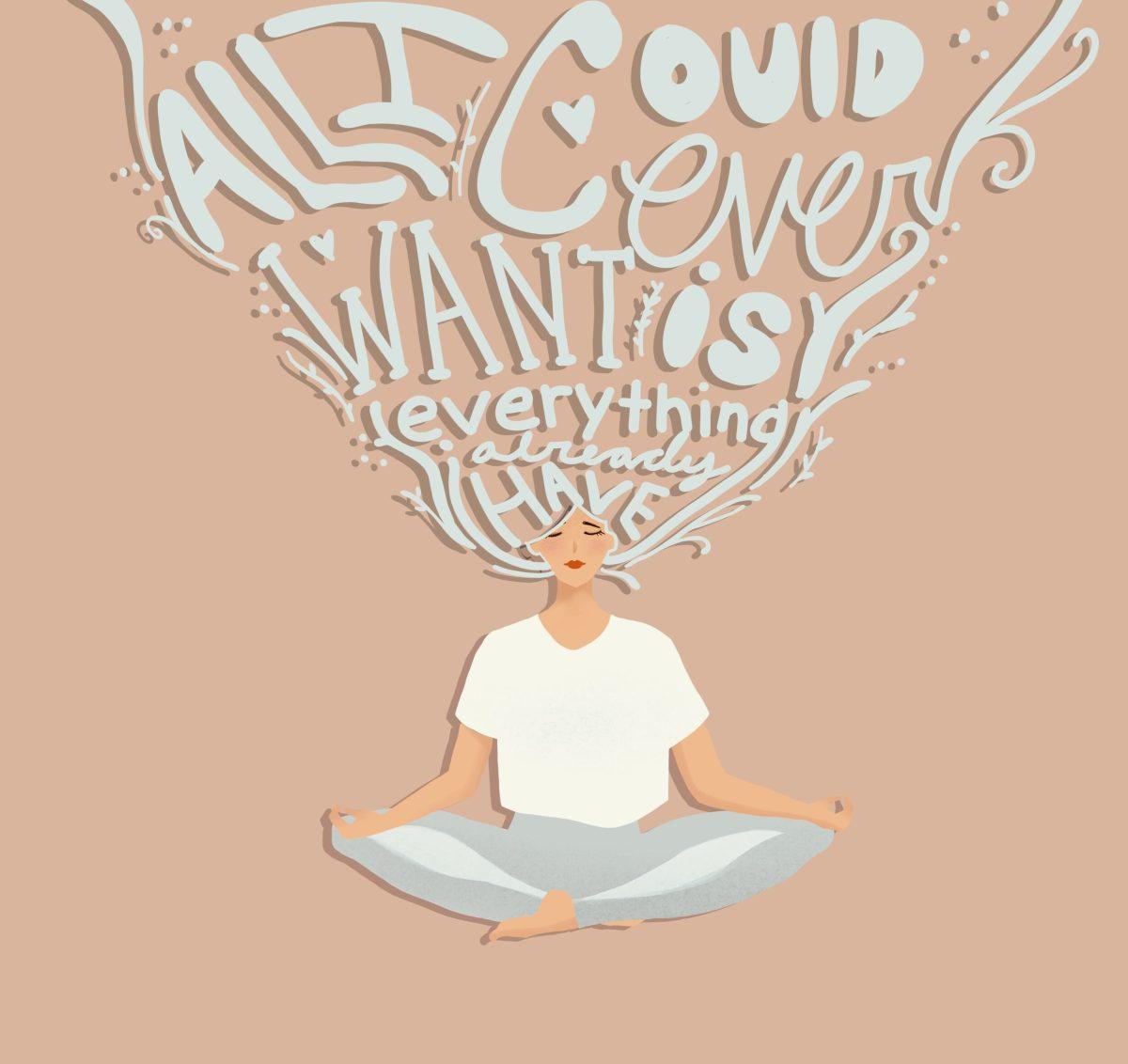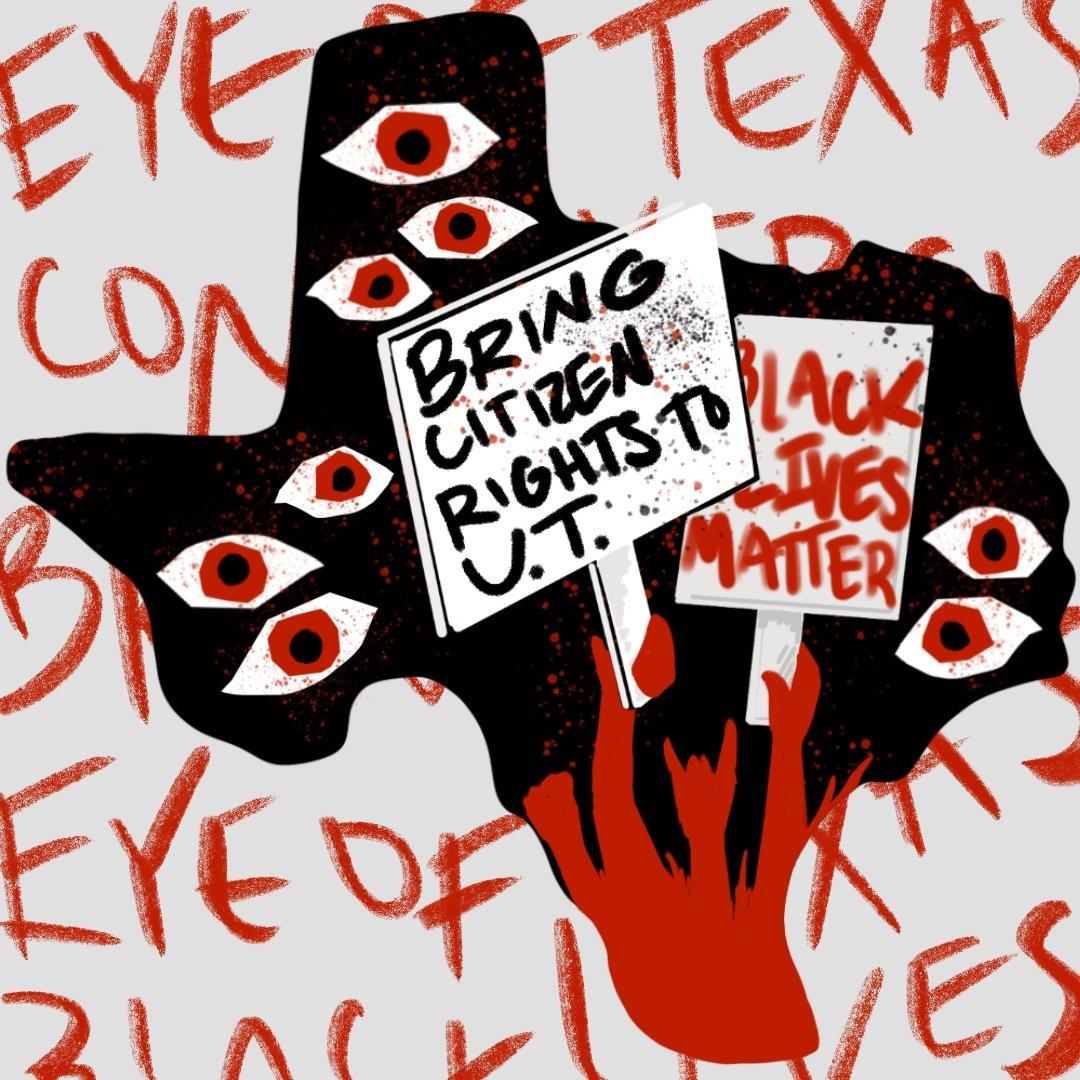Story by Charlotte Pan // @tchad_ensis // she/her(s)/they/their(s)
Graphic by Krisha Anonuevo // @krishaanonuevo // she/her(s)
It’s 2012. I’m in middle school, and I ride the bus home every day.
There was a period of time when I dreaded these trips. A boy from my neighborhood rode the same bus and would spend the ride harassing and yelling slurs at his Asian classmates.
Living with this relentless harassment made me want to disappear. I would feel a burning build in my chest and surface to my head, leaving me paralyzed by shock. I cannot recall what put an end to this boy’s tormenting or if the bus driver ever intervened. But I still remember the way I felt.
Powerless. Anxious. Ashamed.
When I first read headlines about the spike in crime against Asian Americans, particularly in San Francisco and Oakland’s Chinatowns, the same burning feeling surfaced, this time taking on a new form: anger. It made my stomach sink knowing that the racist behaviors of people like that boy on the school bus had graduated from harassment to violent crime.
Though the recent attacks are concentrated in the Bay Area, they have also occurred in New York and other cities across the United States.
In 2020, the NYPD reported that hate crimes against Asian Americans and Pacific Islanders in New York City increased by 1,900%. Stop AAPI Hate, a database center created in response to the rise in anti-Asian racism during the COVID-19 pandemic, received 2,808 reports of anti-Asian discrimination between March 19 and Dec. 31, 2020.
Numbers and statistics paint a broad picture of the issue, but specific details began to reveal something more sinister when a viral video of a 91-year-old Oakland resident being pushed to the ground hit social media. His attacker, Yahya Muslim, was later arrested and charged with three counts of assault after attacking two other elderly individuals that same day.
Targeting elders within the Asian American community is especially disturbing. Asian culture and tradition emphasize respecting one’s elders, highlighting the presence of a more profound evil in the nature of the attacks.
Though the onset of this violence might appear sudden, anti-Asian sentiment in the U.S. has been on the rise since the start of the COVID-19 pandemic. Misinformation and former President Donald Trump dubbing COVID-19 the “China virus” fueled racist ideology and placed blame on the Asian community.
Although many of these incidents have been gaining a lot of attention on social media, and activists have taken them to their platforms, the government has yet to take decisive action.
In January, President Biden signed an executive memorandum condemning anti-Asian racism. Though a move in the right direction, many victims and families are still not getting justice. Such is the case for 52-year-old Leelee Chin-Yeung, who was harassed and violently assaulted in Flushing, Queens. Though her assailant Patrick Mateo was arrested, he was released the next morning without posting bail. This is not justice for Chin-Yeung or the Asian American community. Those that perpetuate hate crimes should not be allowed to walk away freely and be given further opportunity to harm others. Offering only condemnation as a solution to racially-motivated violence is underwhelming when videos of Asian Americans being violently attacked are continuing to go viral.
Anti-Asian sentiment does not always manifest itself in violent attacks. There are countless microaggressions and normalized anti-Asian structures in society that enable racism. These include being bullied as a kid for having small eyes and the“where are you really from?” questions and sentiments that make Asian Americans feel uncomfortable and alienated.
But, there are also social concepts like the model minority myth that incur more serious repercussions.
Diversity, equity, and inclusion specialist Farzana Nayani defines the model minority myth as, “a way of labeling Asian Americans as a model community of immigrants who have succeeded at the American dream.” Nayani touches on how the model minority myth perpetuates racism against Asian Americans, explaining that it prevents allyship between Asian Americans and other people of color because of the perceived privilege that Asian Americans are affluent and not in need of aid or support, which isn’t always the case. Additionally, Nayani says, “Asian Americans (under the model minority myth) are viewed as perpetual foreigners who came to the U.S. to live out the American dream, keeping them from ever becoming ‘true’ Americans.”
Further, the model minority myth overlooks the diversity in culture and identity across East Asians, Southeast Asians, and South Asians while also failing to recognize the very real struggles and experiences of Asian Americans across different socio-economic backgrounds.
The increasing amount of violence against the Asian American communities is not a result of one singular moment. A history of normalized microaggressions and damaging concepts like the model minority myth is intended to erase the Asian American experience and take power away from communities. The anti-Asian attacks in Oakland’s Chinatown and various other cities reflect how this history is impacting the present.
It’s 2021. I can not stop thinking about my 84-year-old grandmother, who is currently living in Los Angeles. Considering the concentration of racism and violence in California, I am anxious about her safety daily. There are so many unknowns and what-ifs: I do not know what is going to happen in the next month, next year, or how this anti-Asian sentiment will look after the pandemic. I do not know how many other Asian Americans and Pacific Islanders will fall victim to senseless racist attacks before a drastic change occurs. But I do know that my community is uniting to fight for their justice and equality. I know that Asian American elders deserve to feel safe in a country they worked hard to build a new life in, and their children and grandchildren also deserve that safety.
I want a better future for the next generation of Asian Americans.
Support projects like: @sendchinatownlove
Follow and support Asian organizations on campus:
Silk Club, Asian Business Students Association (ABSA), Chinese Student Association, Filipino Students Association, Indian Students Association, Asian Pacific American Law Student Association (APALSA), Asian American Culture (AAC), Taiwanese American Students Association (TASA)
Volunteer or donate to organizations like: @compassioninoakland, @aajaofficial, @thekacla
Stay informed by following community groups and leaders such as: @stopaapihate, @pivotorg, @hateisavirus_












































